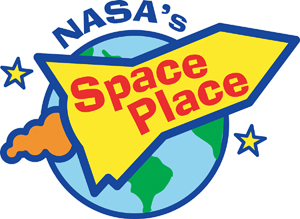By Jane Houston Jones and David Prosper
NASA JPL
November’s crisp autumn skies bring great views of our planetary neighbors. The Moon pairs up with Saturn and Mars in the evenings, and mornings feature eye-catching arrangements with dazzling Venus. Stargazers wanting a challenge can observe a notable opposition by asteroid 3 Juno on the 17th and watch for a few bright Leonid meteors.
